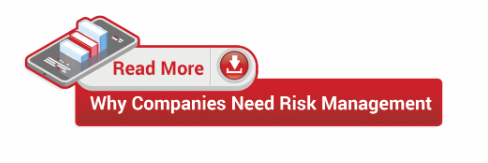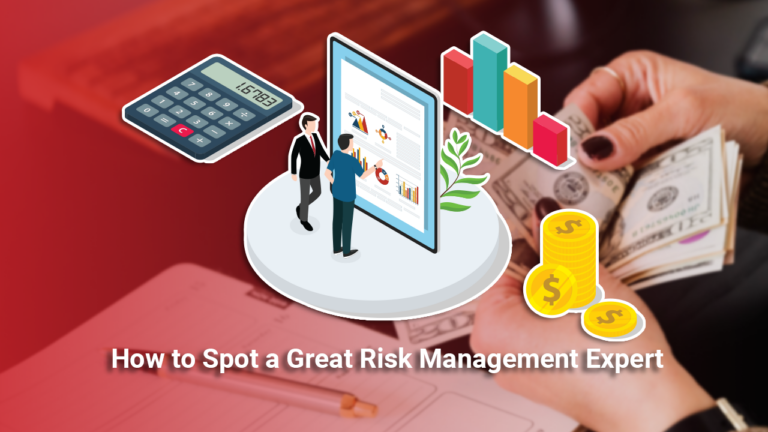3 Best Practices for Risk Management
Risk management is a developing field that has become crucial to any business. Many startups and small businesses can look to this field for best practices and advice on how to protect their business as it grows.
If you are still getting your feet wet in the business, risk management is what helps you deal with a risk that “results from significant conditions, events, circumstances, actions or inactions that could adversely affect an entity’s ability to achieve its objectives and execute its strategies,” as defined by American Institute of Certified Public Accountants.
Your business’ success and overall sustainability will depend on how you practice risk management. So, what are the best practices to keep in mind when it comes to this important field?
1. Develop a Risk Culture.
As a business owner, you know very well that a business is a risk. Risk culture lets you set the tone of what risks you are willing to take.
Like a country’s culture, risk culture is the attitudes, beliefs, and values on risks. This is usually defined by the top tier people, namely the board of directors and management. Risk culture should be communicated from the top to the board of directors, management and team members.
Referred to as “tone from the top”, this communication is essential, so all employees are aware of the risks needed to develop the business.
2. Collaborate with Your Stakeholders.
Your stakeholders need to be involved in every step. Stakeholders include clients, employees, shareholders, and managers. This begins with your business’ first risk assessment.
Each stakeholder has an important responsibility that is informed by your risk assessment. Having them part of the first assessment and then continuously involved in allows them to work efficiently and grow the business with helpful information and protect it from the consequences of sudden risks.
Once you have gone over the risk assessment with your stakeholders, it’s important to continuously monitor the risks you’ve gathered. That is after you have set all the necessary controls to address and mitigate the risks.
Establish clear monitoring processes so that all your mitigation efforts are working effectively when they are implemented. An outsourcing partner can help you look at the data. Build an outsourced risk management team that can see which trend is an opportunity for growth, weed out the threats, and analyze where your company can grow. This can help you focus on your core competencies and maintain optimal growth.
3. Establish Clear Risk Management Policies.
Plans and processes can only go so far in mitigating and addressing risks. You need to also establish policies that define the roles and responsibilities of the people involved. These policies ensure that all risks are identified, their impact on the business, how the risks will be monitored and managed, and how the organization will avoid the assessed risks.
The policies should also have procedures that indicate and define the mitigation of risks. There should also be a business continuity plan that indicates how the organization will handle the risks. The plan should also inform people on what to do for any unforeseen risks.
After defining and communicating your company’s risk culture, you need to inform your people of these risk management policies. Make sure that everyone clearly understands these policies.
Keep in mind these decisions and you’ll be able to make the most out of your risk management plans. You must also consider opportunities apart from threats. Invest time in planning for both to ensure ideal business growth.
As a small-to-medium business owner, you’ll want to focus on operations, profit growth monitoring, and other day-to-day aspects of managing your company. You may not have the staff or resources to concentrate on risk management assessment. You can, however, outsource your risk management assessment to experts in the field. It’s a cost-effective solution that assures you protect the company’s future without the added in-house cost.
Infinit-O is the trusted customer-centric and sustainable leader in Business Process Optimization to Small and Medium businesses in the Financial Services, Healthcare and Technology sectors by delivering continuous improvement through technology, data and people.






%20-%2010102019.png)






This site is protected by reCAPTCHA and the Google Privacy Policy and Terms of Service apply.